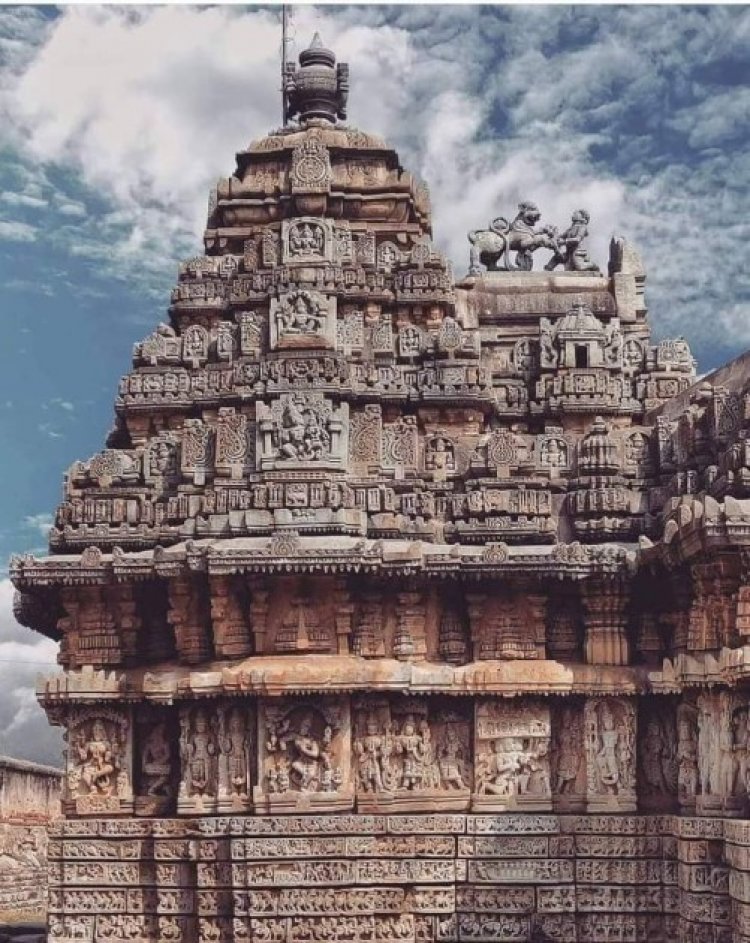20 Things You and an UPSC aspirant Should Know About Indian Painting
Indian paintings are a form of art developed in the Indian subcontinent. They can be made with a variety of materials, including watercolors, oils, and ink, and can be created on a variety of surfaces, including paper, canvas, and walls. Indian paintings are known for their bright and vibrant colors, as well as their intricate designs and patterns. There are many different styles of Indian painting, including Mughal, Rajput, and Pahari, which have evolved over the course of Indian history. Indian paintings often depict scenes from Hindu mythology and religion, as well as everyday life and nature. They are an important part of India's cultural heritage and are widely admired around the world.

Indian paintings refer to paintings made in India or by Indian artists. Indian paintings have a long and rich history, with ancient rock paintings dating back to the pre-historic era. In the medieval and early modern periods, Indian paintings were influenced by Persian and Central Asian styles, as well as by the Rajput and Mughal courts. In the 19th and early 20th centuries, Indian paintings were influenced by Western styles, but have since then developed a distinctive style of their own. Indian paintings can be broadly divided into two categories: classical paintings and folk paintings.
Classical Indian paintings are characterized by their sophisticated techniques and themes, which are often drawn from Hindu mythology and Indian epics. Folk paintings, on the other hand, are characterized by their simple style and use of bright colors, and depict everyday life and local customs.
Indian paintings can be created using a variety of mediums, including paints, inks, and dyes on paper, canvas, or other materials. Some of the most popular styles of Indian painting include miniature paintings, murals, and textile paintings. Indian paintings are an important part of India's cultural heritage and are highly valued both within the country and internationally.
Indian painting has a very long tradition and history in Indian art, though because of the climatic conditions very few early examples survive. The earliest Indian paintings were the rock paintings of prehistoric times, such as the petroglyphs found in places like Bhimbetka rock shelters.
Some of the Stone Age rock paintings found among the Bhimbetka rock shelters are approximately 10,000 years old. India's ancient Hindu and Buddhist literature has many mentions of palaces and other buildings decorated with paintings (chitra), but the paintings of the Ajanta Caves are the most significant of the few ones which survive. Smaller scale painting in manuscripts was probably also practised in this period, though the earliest survivals are from the medieval period.
A new style emerged in the Mughal era as a fusion of the Persian miniature with older Indian traditions, and from the 17th century its style was diffused across Indian princely courts of all religions, each developing a local style. Company paintings were made for British clients under the British raj, which from the 19th century also introduced art schools along Western lines. This led to modern Indian painting, which is increasingly returning to its Indian roots.
Performance of Patua Sangeet by a Patua, with a pattachitra scroll to illustrate, Kolkata Indian paintings can be broadly classified as murals, miniatures and paintings on cloth. Murals are large works executed on the walls of solid structures, as in the Ajanta Caves and the Kailashnath temple. Miniature paintings are executed on a very small scale for books or albums on perishable material such as paper and cloth.
Indian paintings are a form of art developed in the Indian subcontinent. They can be made with a variety of materials, including watercolours, oils, and ink, and can be created on a variety of surfaces, including paper, canvas, and walls. Indian paintings are known for their bright and vibrant colours, as well as their intricate designs and patterns.
There are many different styles of Indian painting, including Mughal, Rajput, and Pahari, which have evolved over the course of Indian history. Indian paintings often depict scenes from Hindu mythology and religion, as well as everyday life and nature. They are an important part of India's cultural heritage and are widely admired around the world.
Traces of murals, in fresco-like techniques, survive in a number of sites with Indian rock-cut architecture, going back at least 2,000 years, but the 1st and 5th-century remains at the Ajanta Caves are much the most significant. Paintings on cloth were often produced in a more popular context, often as folk art, used for example by travelling reciters of epic poetry, such as the Bhopas of Rajasthan and Chitrakathi elsewhere, and bought as souvenirs of pilgrimages.
Very few survivals are older than about 200 years, but it is clear the traditions are much older. Some regional traditions are still producing works.
What's Your Reaction?









































































